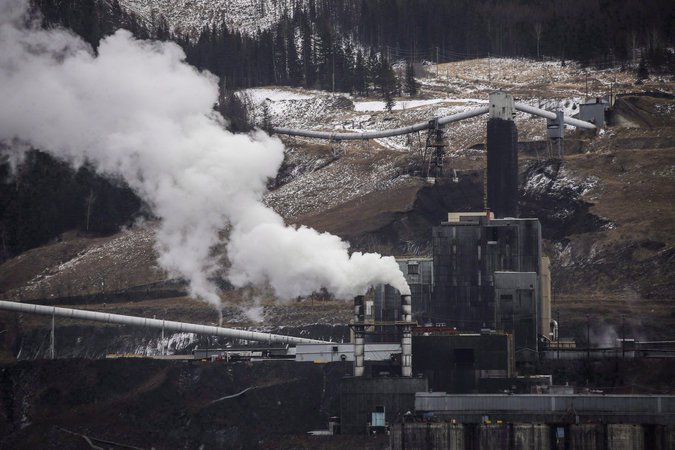
Study finds coal mine contaminants blown onto snowpack in Alberta, British Columbia
Cancer-causing chemicals are being blown downwind from coal mines in southern British Columbia in concentrations that rival those next to oilsand mines, newly published research has concluded.
“Our results reveal, for the first time, clear evidence that coal mining contaminants are spread far downwind from their sources,” says the paper, published in the journal Environmental Science and Technology.
The research, conducted by scientists from the Alberta government and the University of Alberta, studied the snowpack around four coal mines in British Columbia’s Elk Valley. They sampled 23 sites at varying distances from the mines in 2022 and 2023, melting a surface-to-ground column of snow and analyzing the results.
“In a winter snowpack, you’re capturing everything that’s being deposited as long as that snowpack is on the ground,” said Kira Holland, a University of Alberta postgraduate researcher. “It provides an amazing record for a season.”


